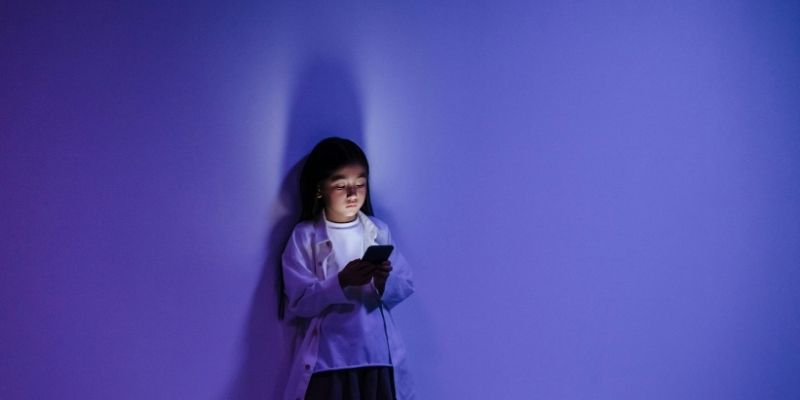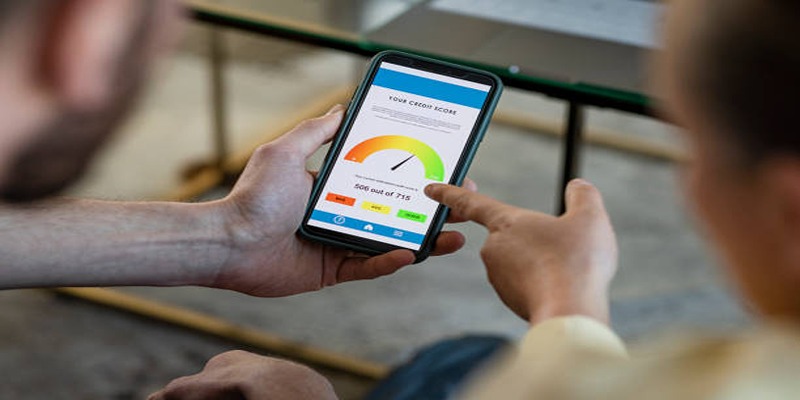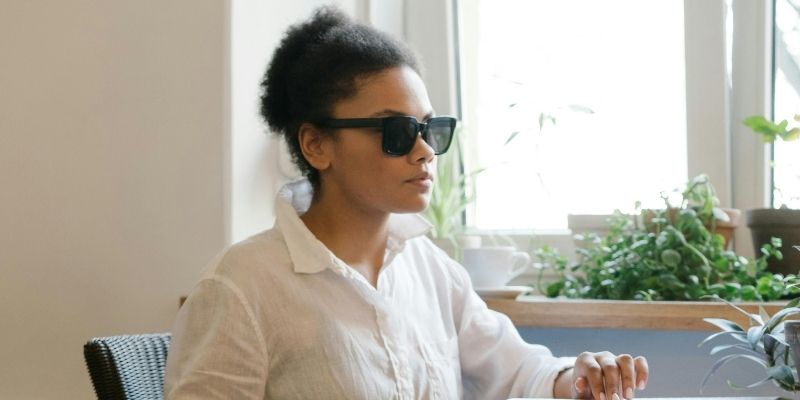Blue Light and Macular Degeneration: Should You Be Concerned?
A short-wavelength blue light represents a portion of visible light energy, which is featured by its high energy content. Sunlight contains natural blue light, while various artificial products produce this wavelength, including smartphones, tablets, LED lights, and televisions. Our eyes may suffer harm from excessive exposure to blue light because people now spend longer hours in front of screens. Research conducted by scientists and eye medicine specialists focuses on determining whether blue light leads to long-term vision problems, including macular degeneration and blindness.

Blue light travels deeper within the human eye until it reaches the retina, unlike other light wave ranges. The sun provides most blue light exposure, but digital devices have become a major cause of our everyday light exposure. Public curiosity has existed about whether artificial blue light produces lasting damage to vision over the years.
How Blue Light Affects the Eyes
Overexposure to blue light produces symptoms of digital eye strain that include headaches, dry eyes, blurred vision, and focusing problems. Long sessions of screen viewing cause users to decrease their blinking frequency, creating uncomfortable dryness and irritation. The interference of blue light with melatonin production causes problems with both falling asleep and staying asleep throughout the night.
Short-term discomfort from digital eye strain develops, while concerns exist about potential serious health issues from extended exposure. Studies demonstrate that blue light contact may harm retinal cells and, therefore, raise the danger of developing macular degeneration. Experts maintain a debate about whether exposure to blue light from screens leads to lasting damage versus natural sunlight damage.
The Relation Between Blue Light and Blindness
Donating blue light exposure poses significant problems because it demonstrates potential vision-damage effects. The macula in the central part of the retina becomes damaged as a result of Macular degeneration, thus causing people to lose their vision steadily. Scientists have identified blue light exposure as a top reason for blindness in senior citizens, although research shows this wavelength may help develop macular degeneration in the long term.
Studies have proven that blue light exposure leads to oxidative stress, which gradually harms retinal cells. Research has yet to confirm the precise role of digital screens in this development. According to expert consensus, additional blue light exposure from sunlight and any other source raises the chances of developing macular degeneration. Further research must examine if screen use as a standalone factor substantially affects vision health.
Can Blue Light from Screens Cause Permanent Damage?
Scientific evidence does not show that blue light from electronic screens directly leads to permanent vision damage. Studies predominantly investigate blue light at its highest intensity, such as sunlight, while paying less attention to screen-emitted low-intensity blue light. Nevertheless, healthcare experts caution because lengthy screen time may lead to gradual eye damage accumulation.
The actual dangers stem from the combined effects of blue light intensity with natural aging processes, genetic traits, and routine eye wellness. Screen time should remain a constant consideration for people at greater risk of macular degeneration because they must take steps to shield their eyes.
Protecting Your Eyes from Blue Light Exposure
Research on blue light's effects on vision deterioration continues to face debates, but practitioners can adopt various methods to reduce possible risks and decrease discomfort. Multiple strategies exist to safeguard eye health and decrease light exposure levels.
Limiting blue light exposure is most effective when people practice the 20-20-20 rule. This rule requires taking a 20-second rest every twenty minutes while looking at an object 20 feet from your position. Establishing this practice lowers eye strain and protects against continuous screen exposure.
Blue light-blocking glasses combined with screen filters block the blue light that enters the eyes. People who work extensively in front of screens, such as students, office workers, and gamers, will use these tools effectively.
Device users can reduce eye strain through two features: screen brightness adjustment and the implementation of night mode or blue light filter functions. The settings adjust the blue light intensity to make viewing more comfortable, particularly during nighttime screen use.
Does Screen Time Alone Cause Macular Degeneration?
Research does not prove conclusively that blue light from screens causes macular degeneration and blindness, even though it might cause eye strain. Most cases of macular degeneration occur when genetics and aging intertwine with smoking and eating poorly. Although avoiding blue light has proven valuable for protecting eyesight health in the long run, it remains a beneficial preventive step.
Medical professionals state that daily decisions such as nutrition and diet play a more significant part in developing eye diseases than exposure to blue light alone. Proper eye attention, regular examinations, and nutritional foods high in antioxidants will decrease your chances of experiencing vision issues.

How to Maintain a Healthy Vision
Eyes need proper care at all times, regardless of computer usage duration. To safeguard eye tissue from harm, an individual should consume a dietary plan with vitamins C and E, zinc, lutein, and omega-3 fatty acids. A satisfactory eye health regimen requires consuming a healthy combination of leafy greens, fish, nuts, dark greens, and colourful veggies and fruits.
Scheduled eye examinations depend on the detection of early health problems. Doctors evaluate general eye health and macular degeneration screenings, enabling them to create specific measures of protection for each patient's individual risk profile.
Hydration, along with proper eye care and hygiene, helps produce healthier vision. Users who apply artificial tears to their eyes and reduce screen time in dry areas avoid the discomfort accompanying eye exposure to extended screen usage.
Conclusion: Should You Be Worried About Blue Light Exposure?
Scientists remain divided about the impact of blue light on eye wellness because the research contains conflicting evidence. No conclusive evidence exists that shows blue light emitted by screens leads to macular degeneration or blindness, regardless of whether the exposure is excessive. Supporting overall vision health becomes possible through the combination of three measures, which include restricted screen usage alongside the implementation of blue light filters and the adoption of healthy lifestyle practices.












